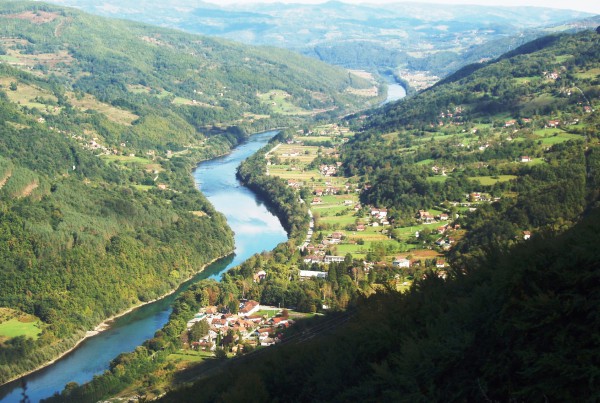Trans-boundary river basin OSeMOSYS model presented

Regional Round-table “Introducing and Operationalizing Water, Food, Energy and Environment Nexus in South East Europe (SEE)”
On June 20th to 22nd, various Ministries from the Governments of the Western Balkans convened in Belgrade, Serbia, together with utilities and research institutions at the Regional Round-table “Introducing and Operationalizing Water, Food, Energy and Environment Nexus in South East Europe (SEE)”, organised by the Global Water Partnership Mediterranean, in collaboration with UNECE, the Regional Environmental Center and the Federal Ministry for the Environment, Nature Conservation, Building and Nuclear Safety of Germany. At the event, UNECE, together with researchers from KTH-dESA, presented the main findings on the impact of the coordinated operation of hydropower plants along Drina river basin. Those were obtained with an integrated Water-Energy multi-regional OSeMOSYS model, covering Serbia, Montenegro and Bosnia and Herzegovina, developed in the project 'Assessment of the Water-Food-Energy NEXUS in the Drina river basin' under the UNECE Water Convention. The findings of the model include quantification of the possible gains in hydro electricity generation when power plants across borders along the Drina river basin are operated in a synchronized fashion, quantification of the possible reduction in thermal generation when end-user efficiency measures are applied, insights on environmental flows and resilience to flooding events."

